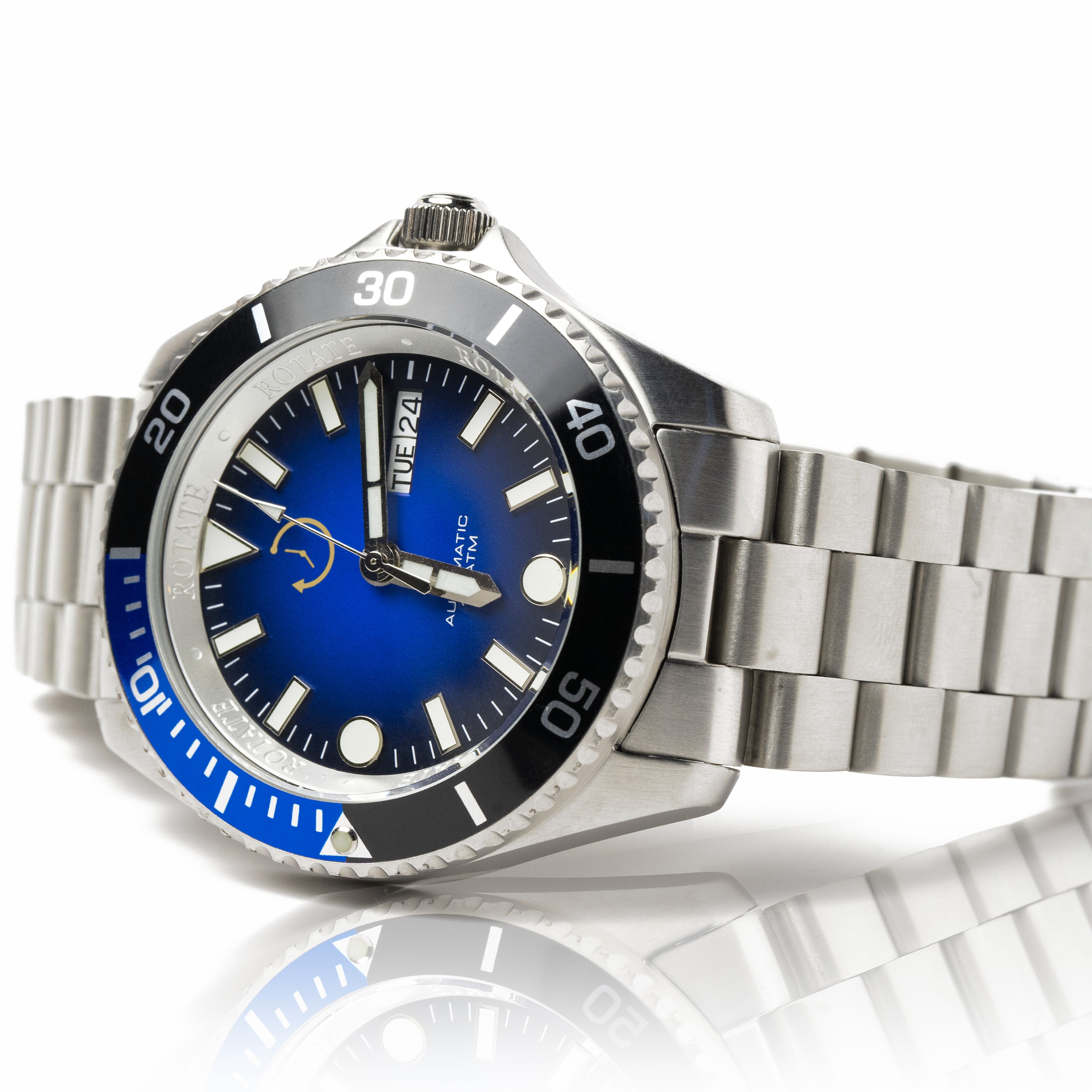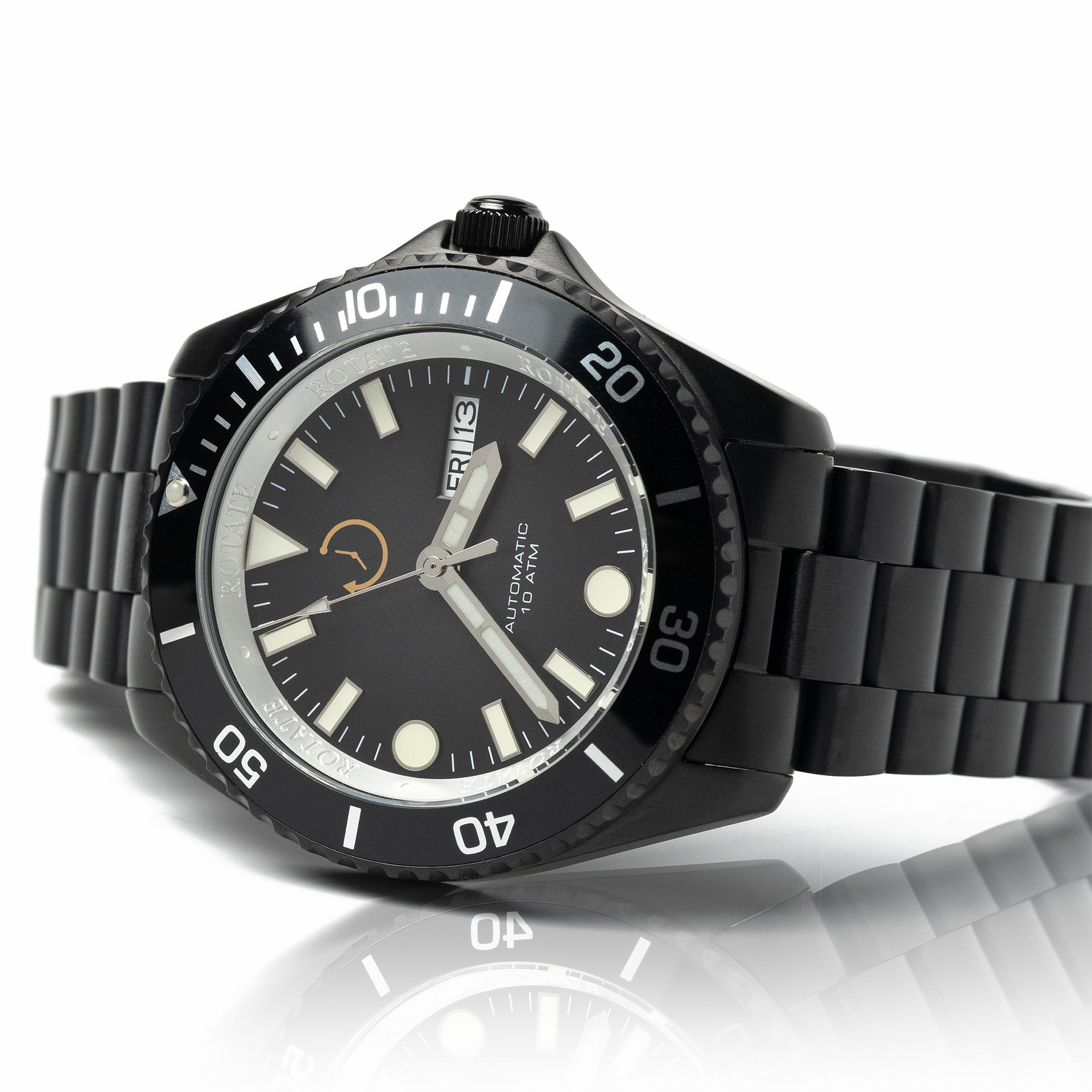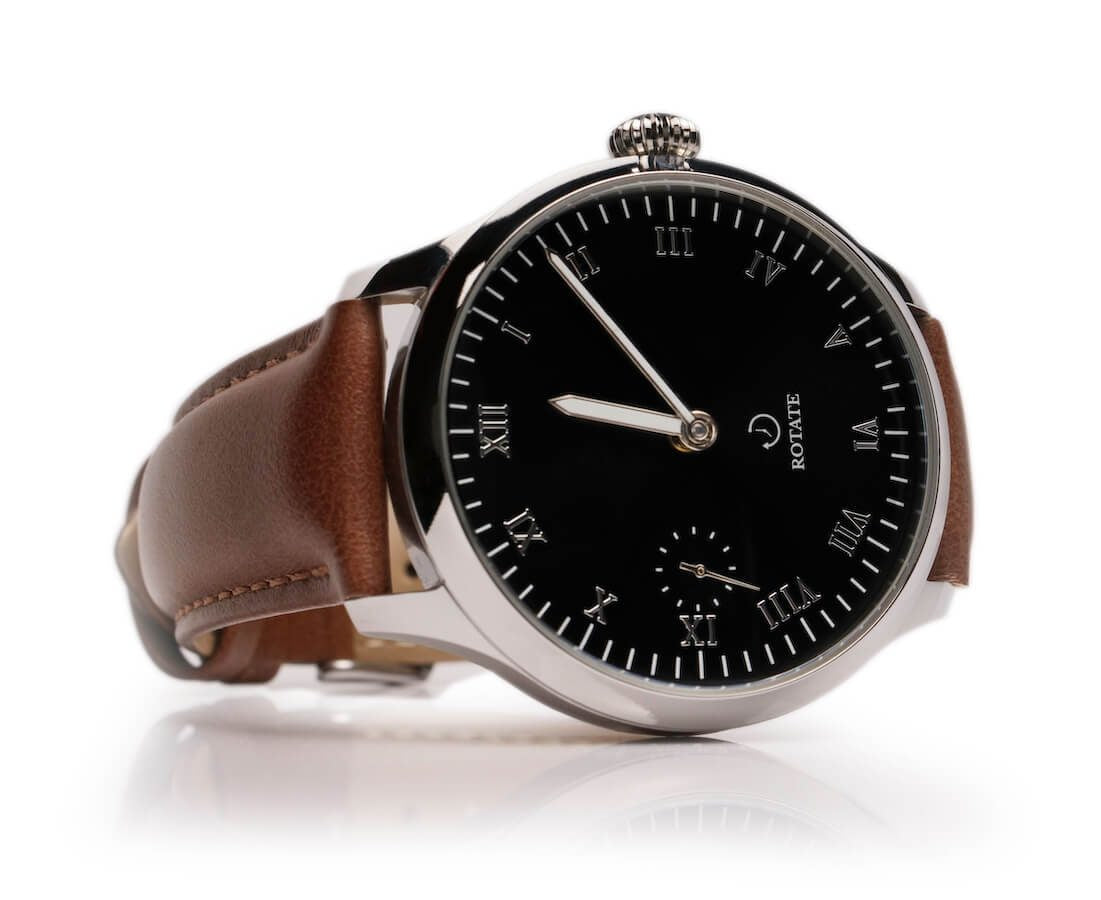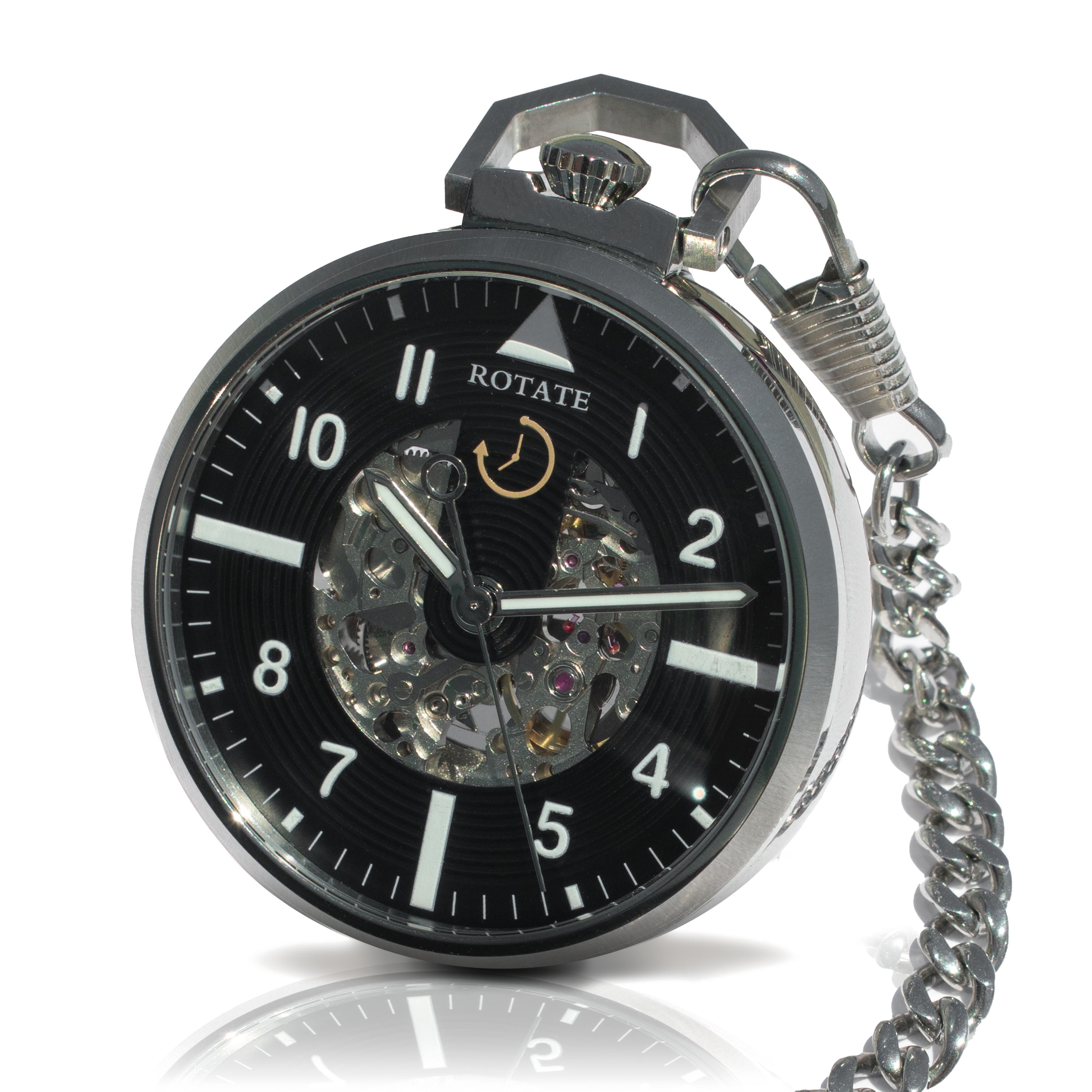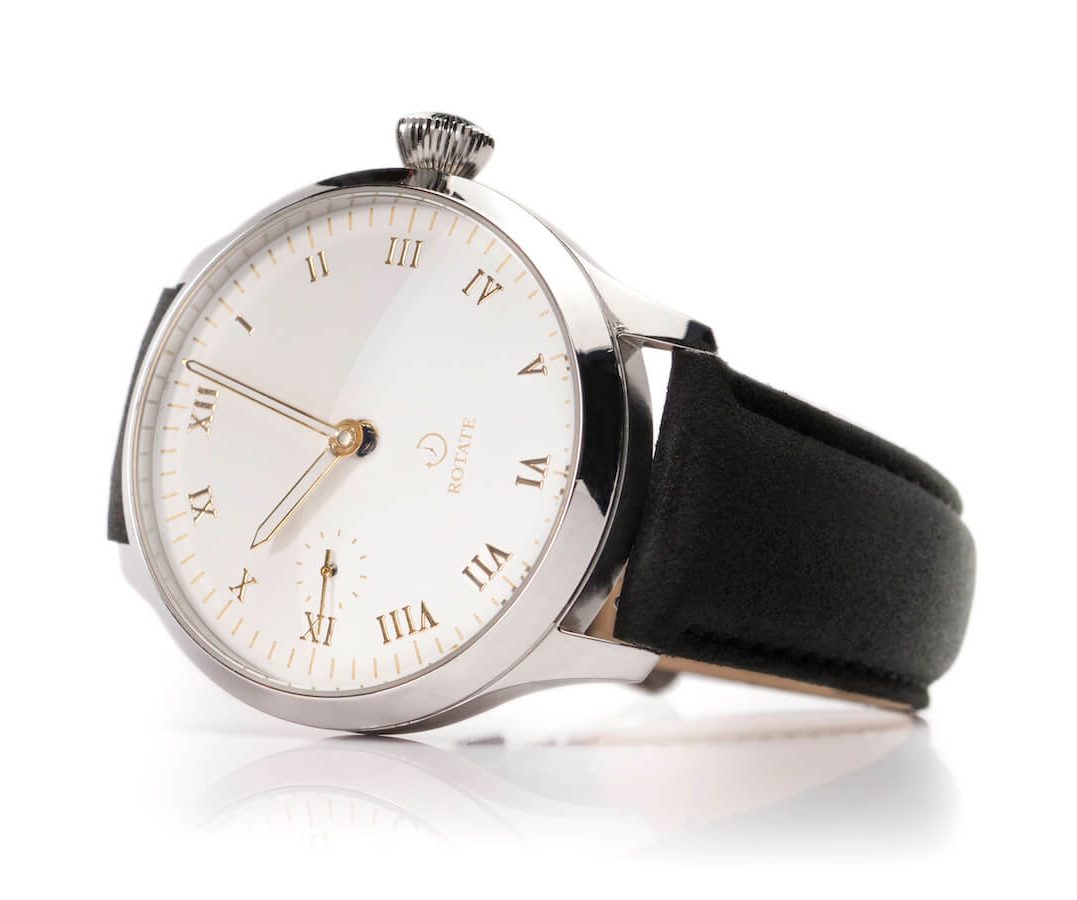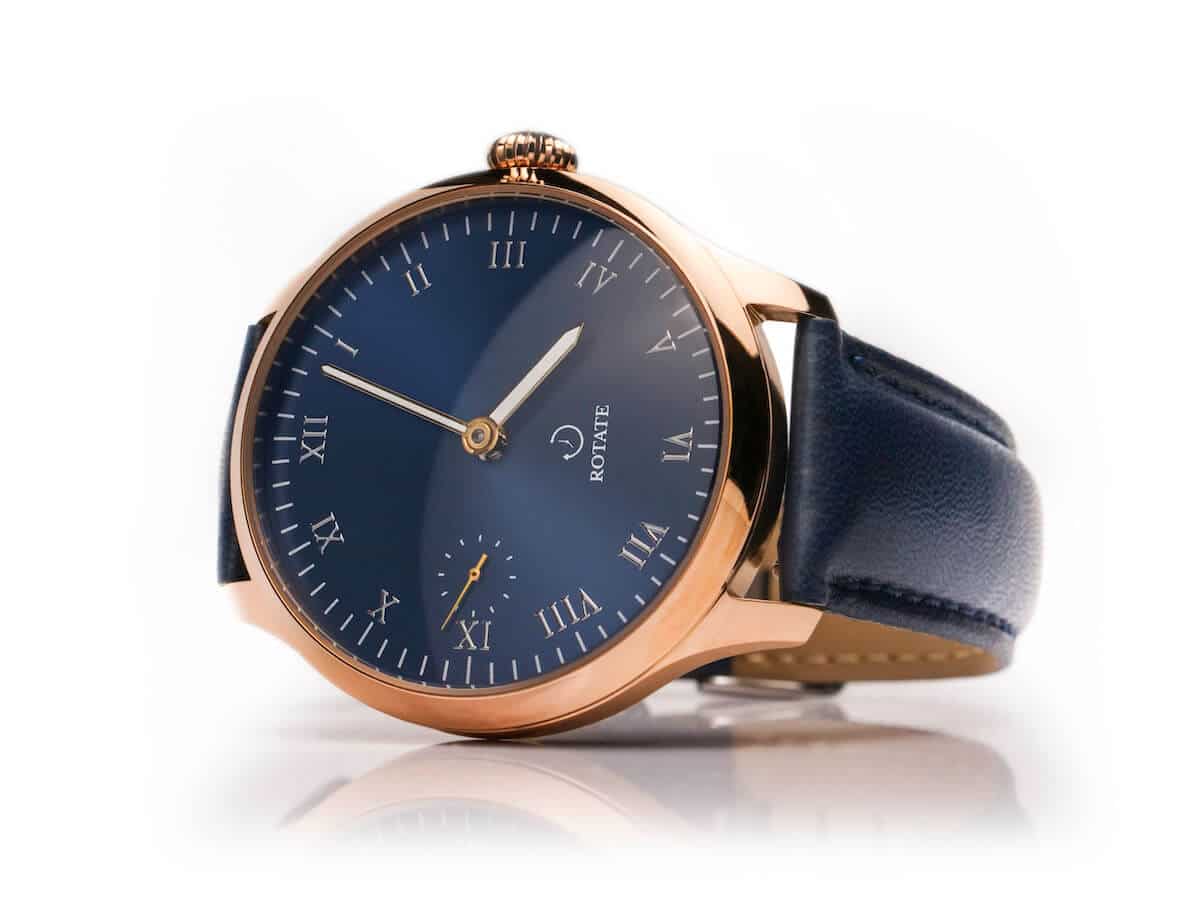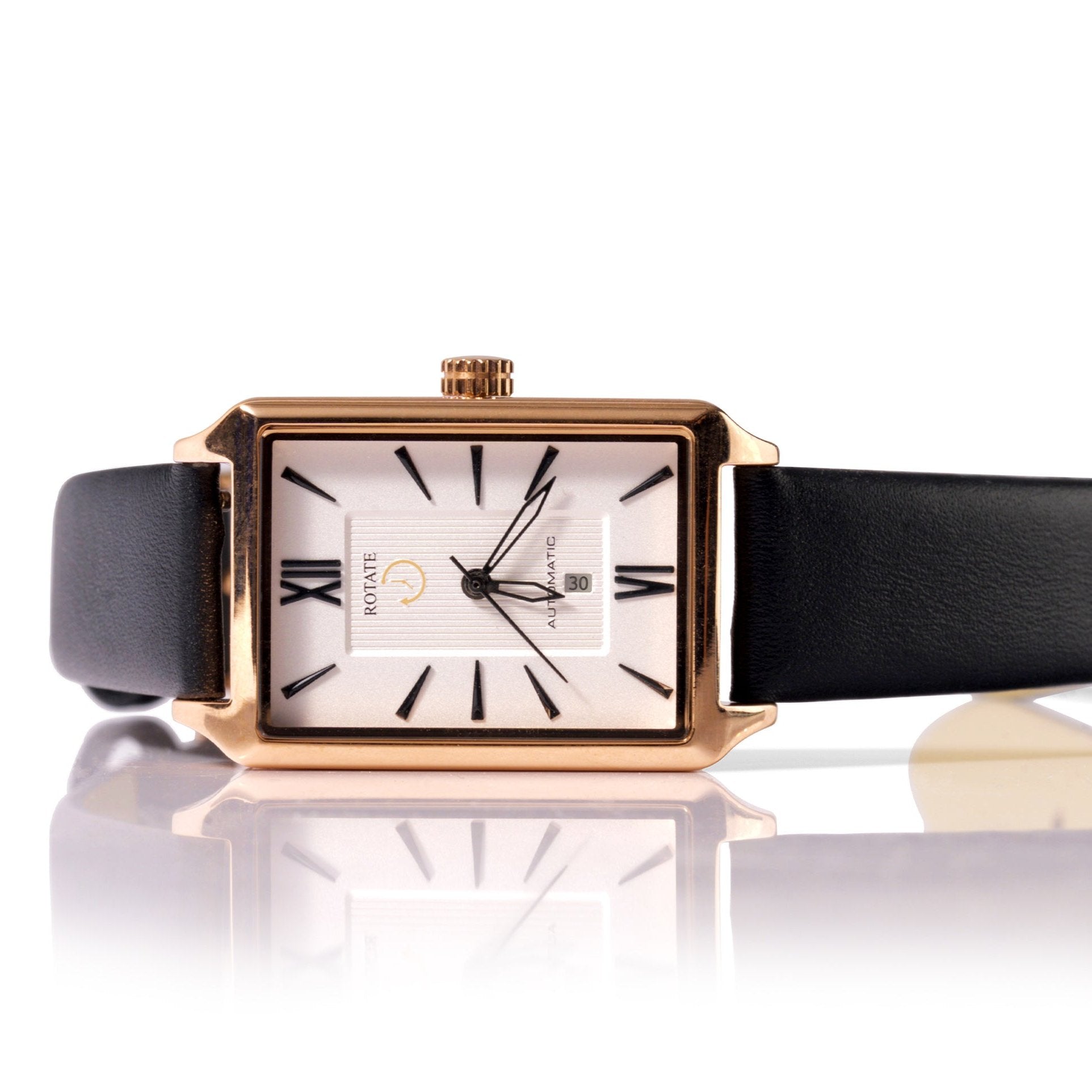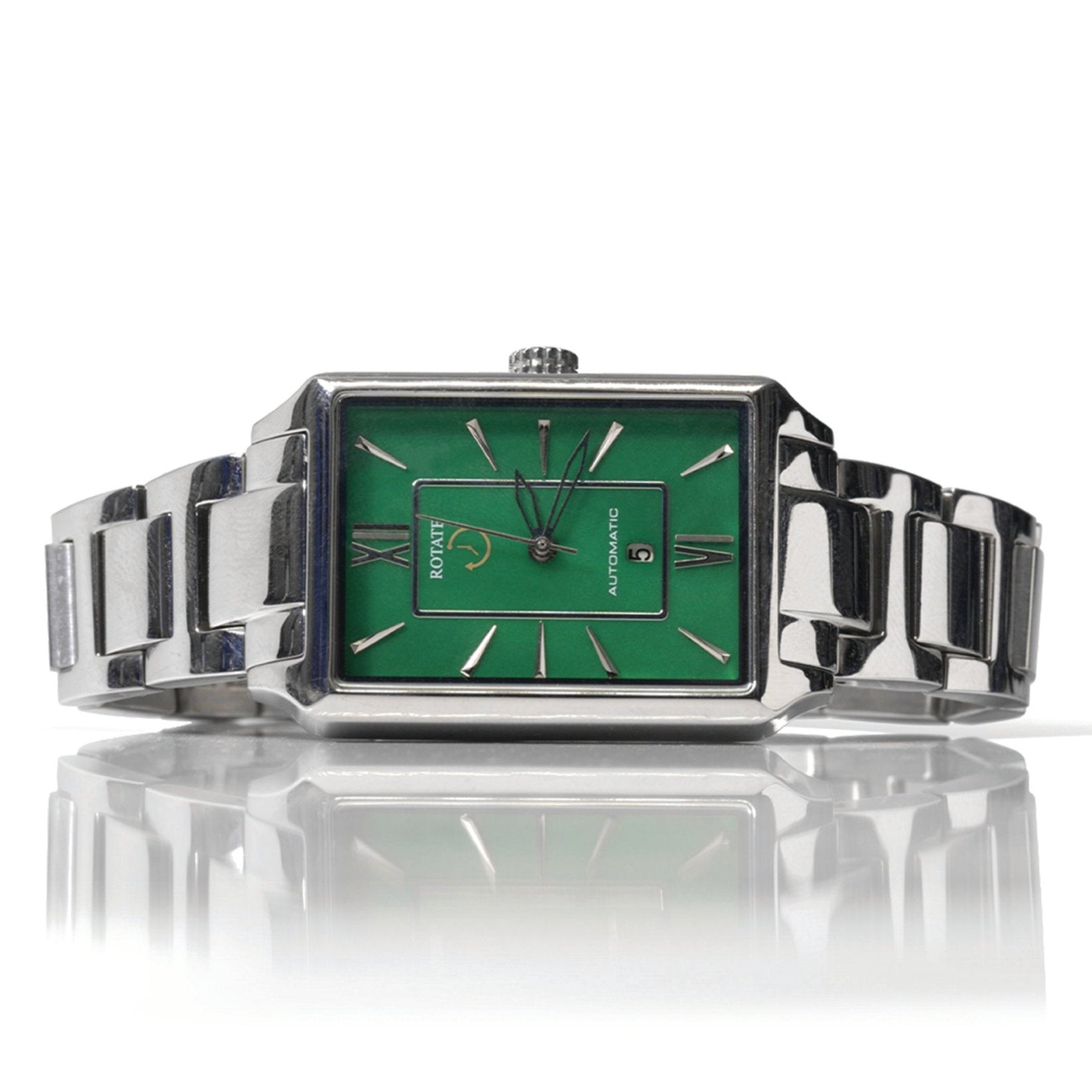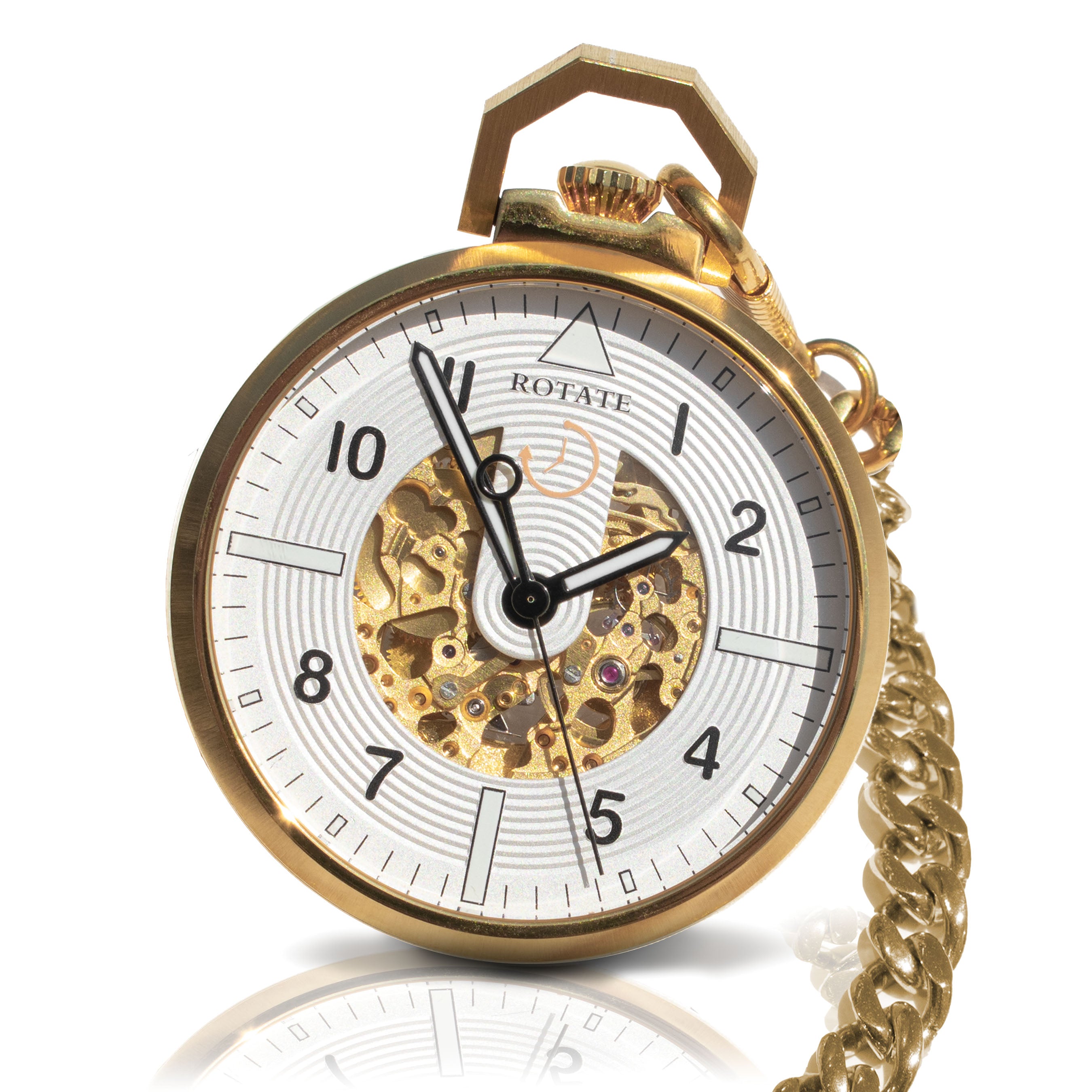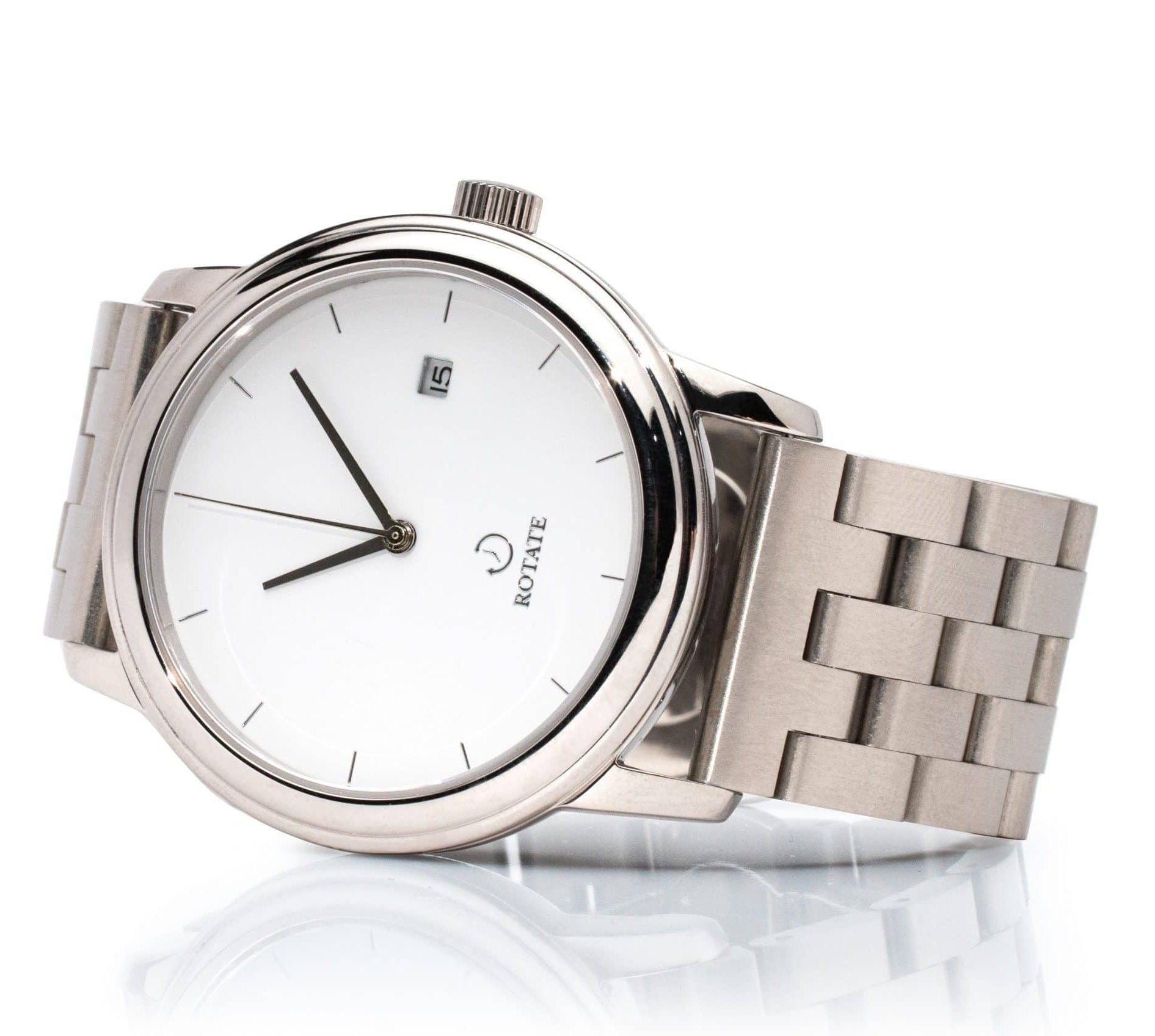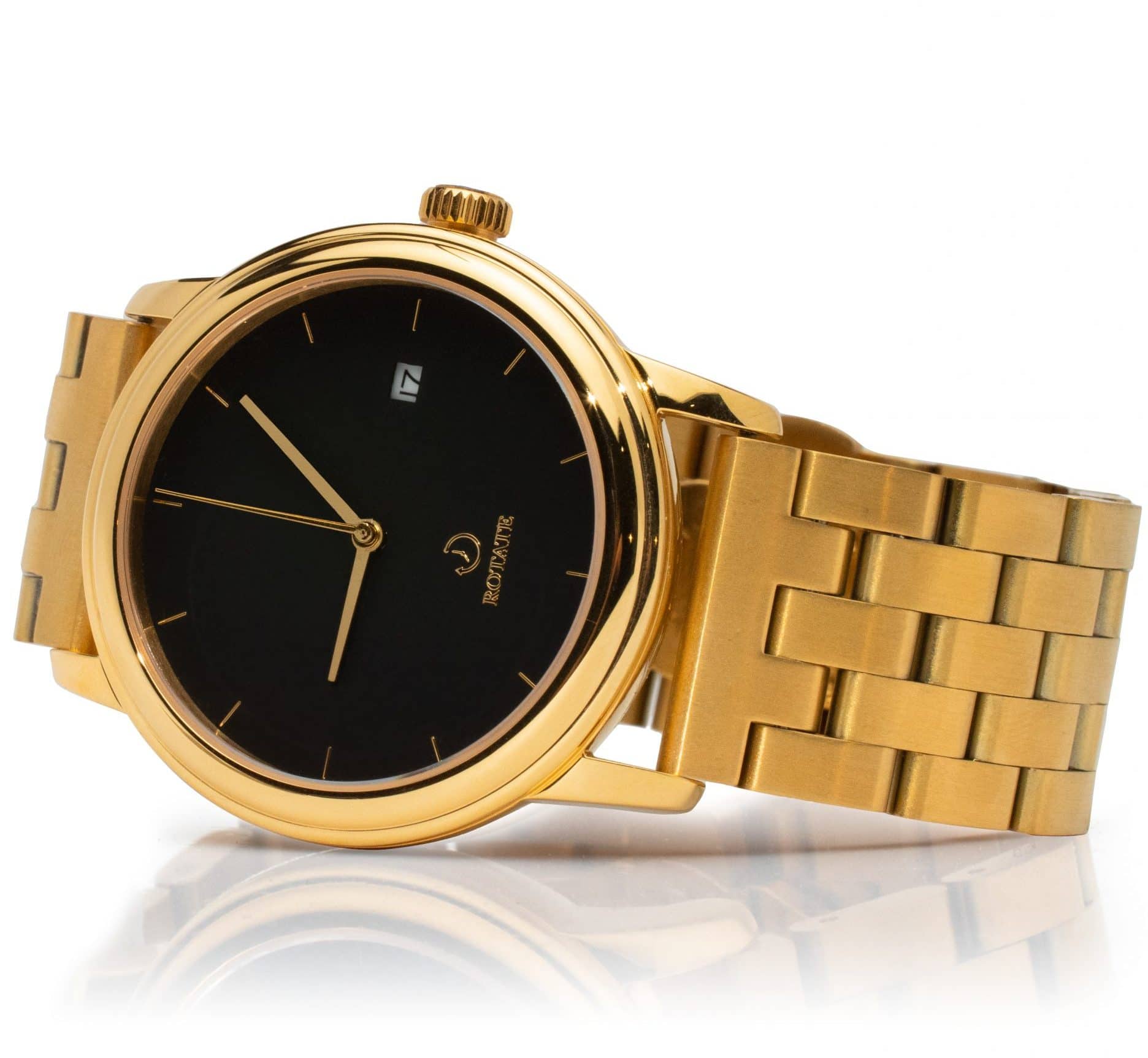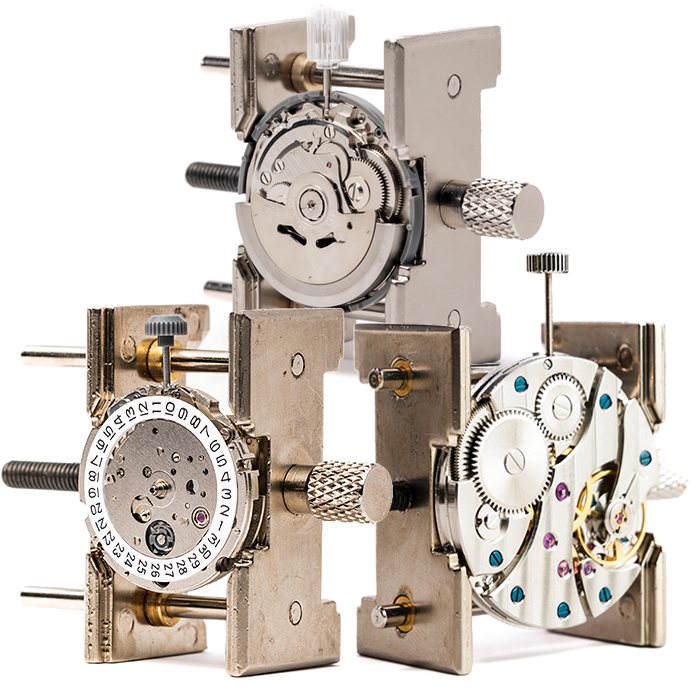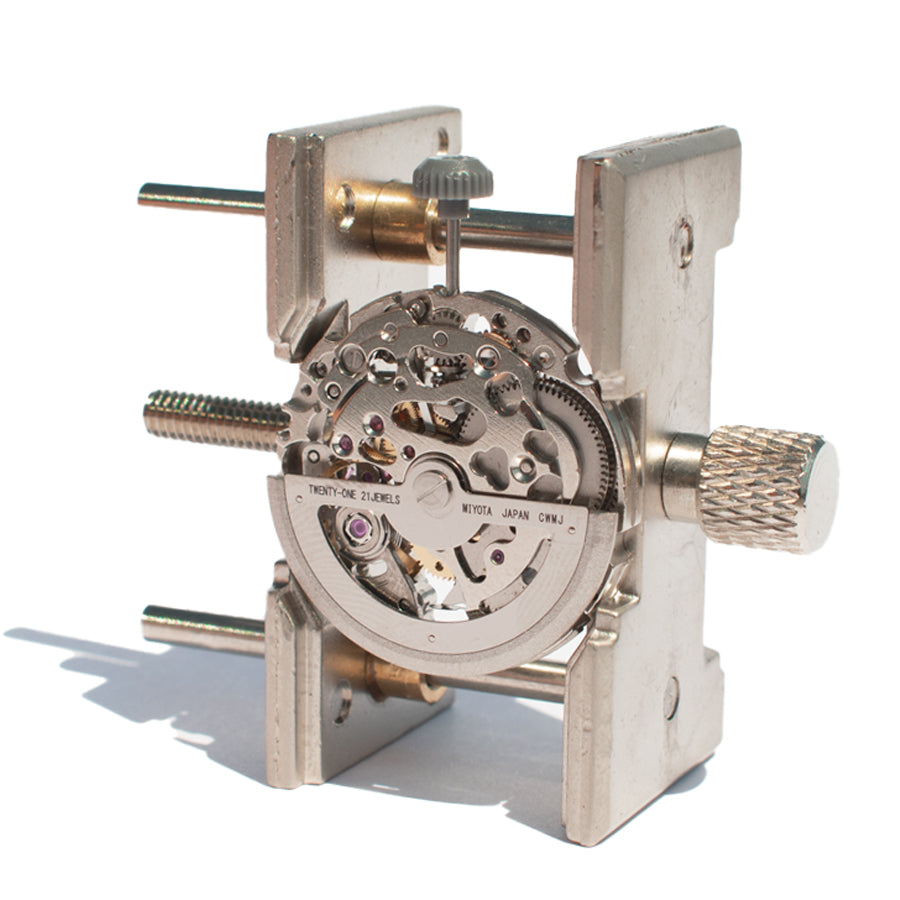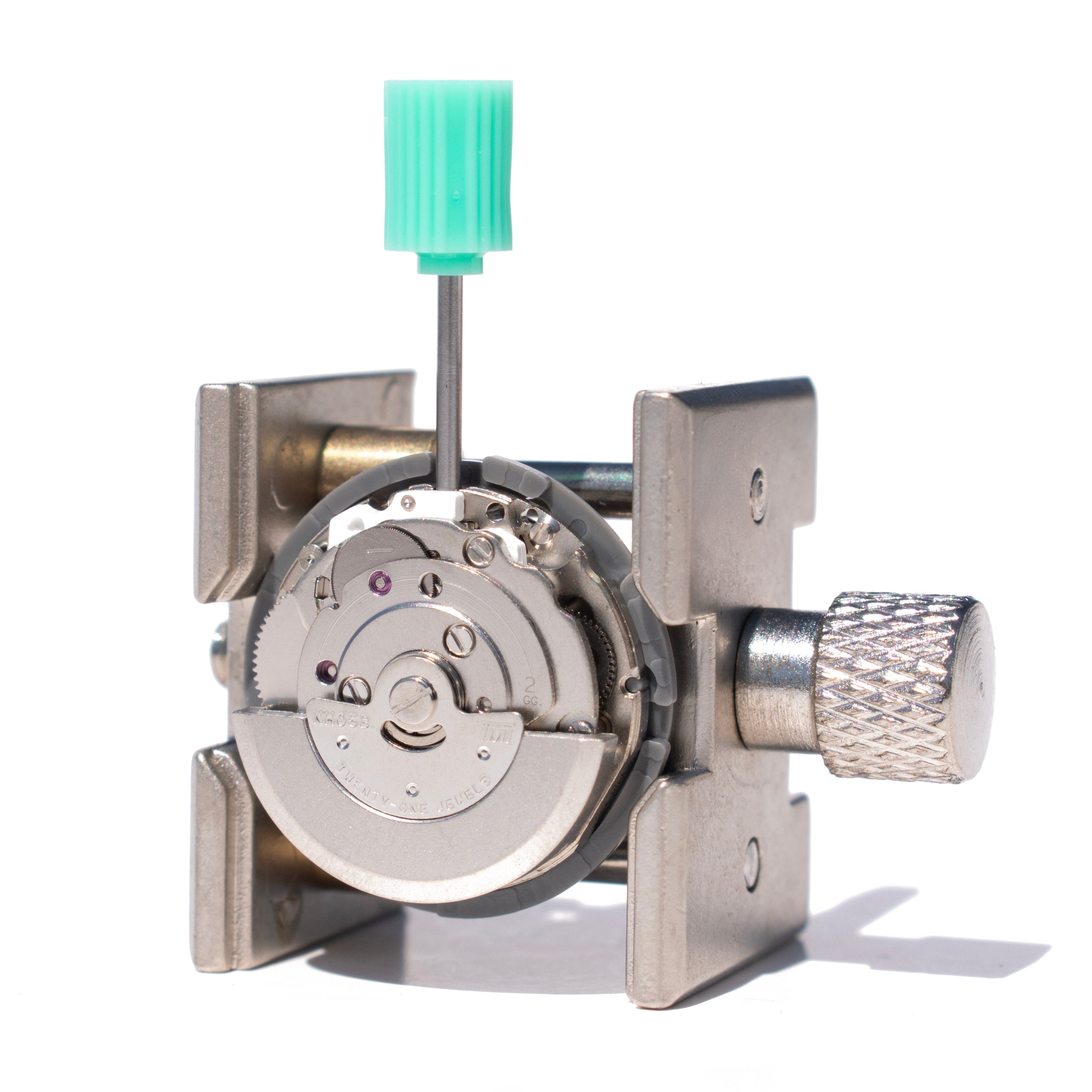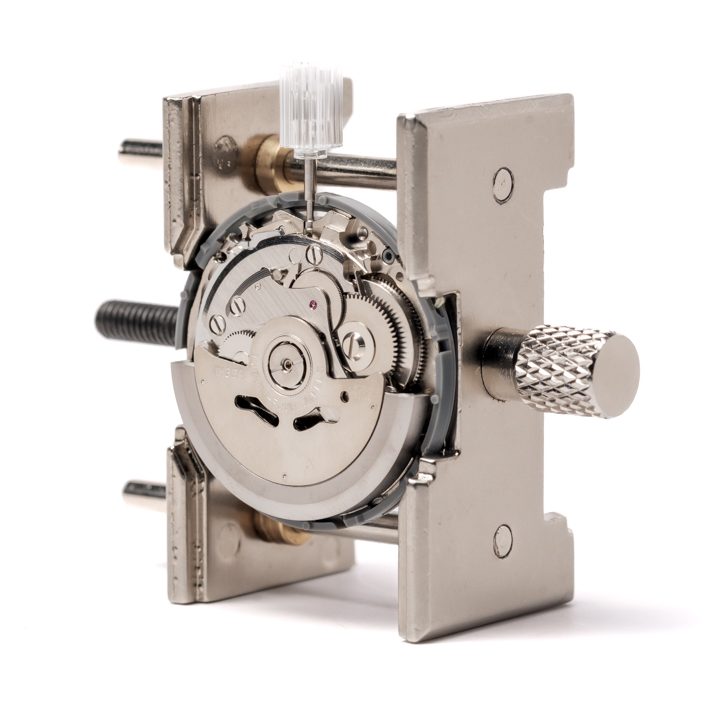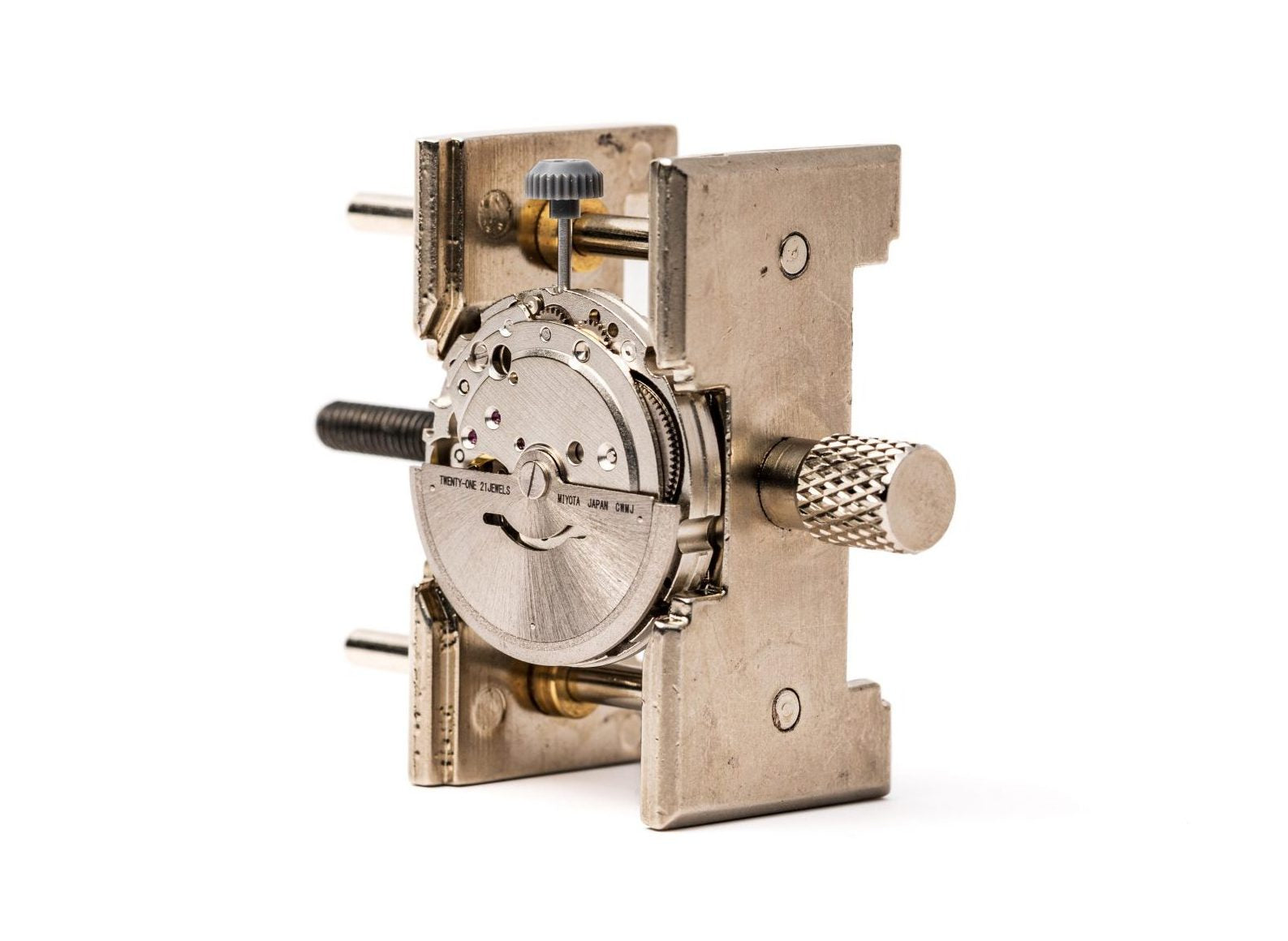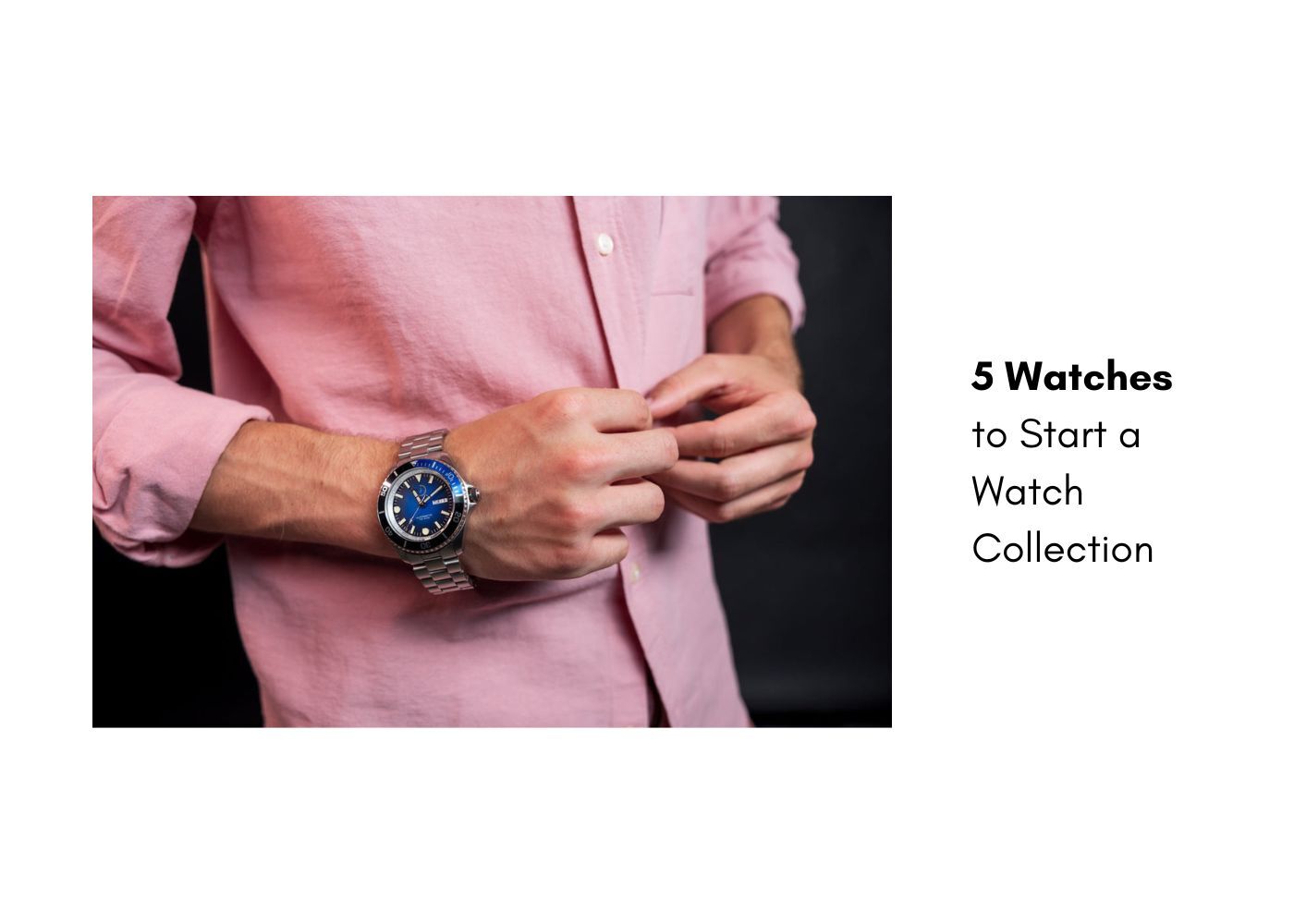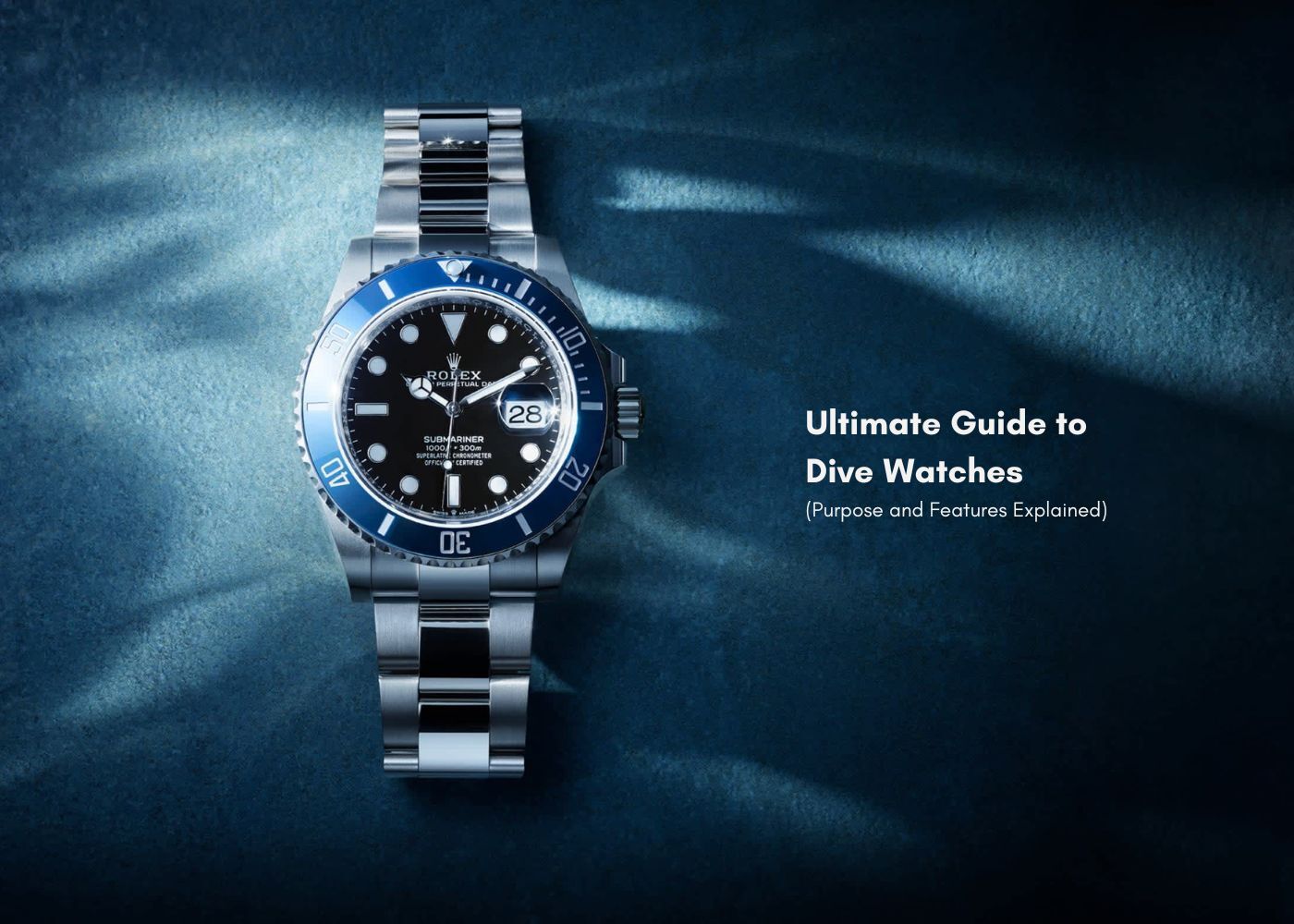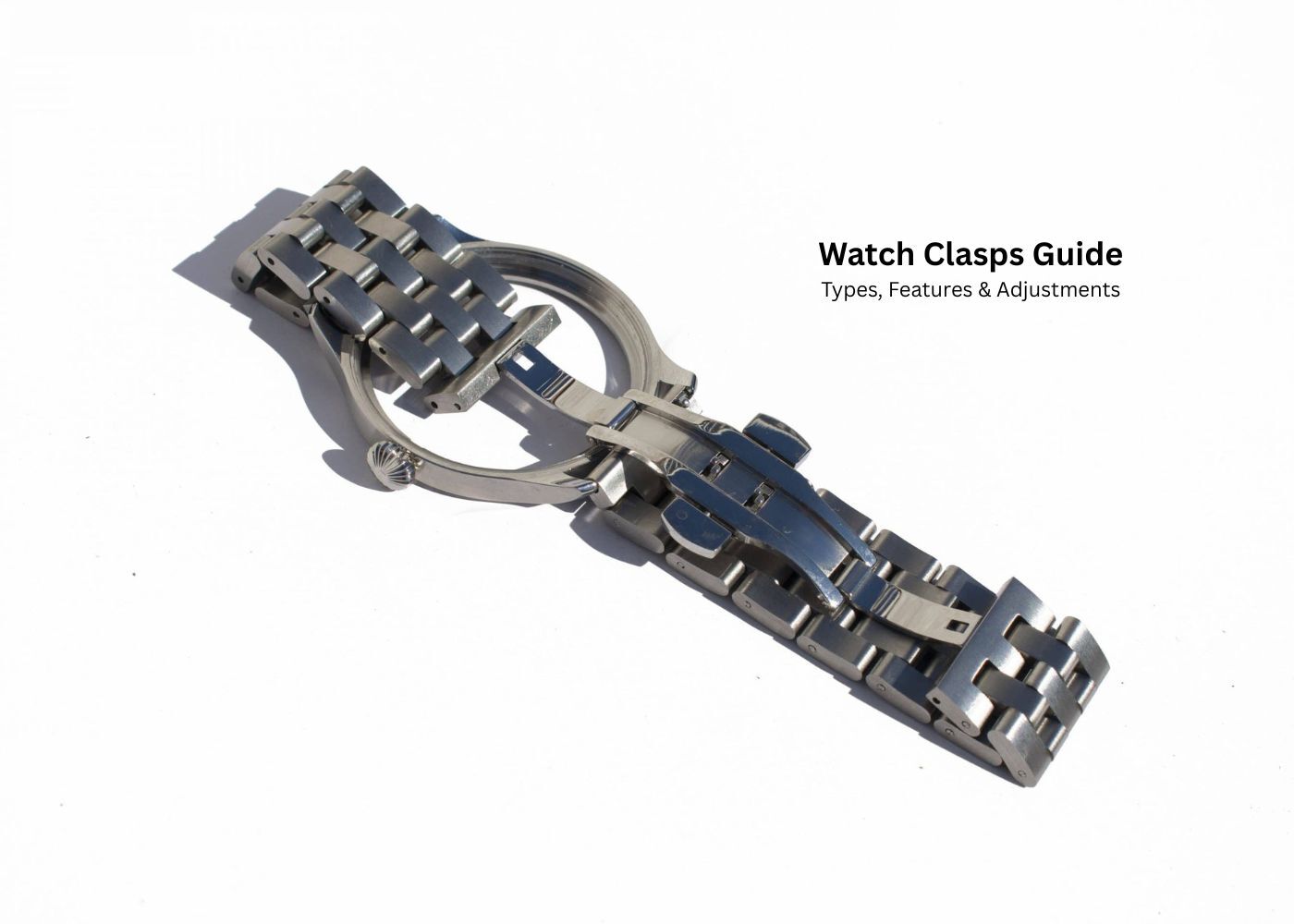
Watch Clasps Guide: Types, Features & Adjustments
Watch clasps might seem like small details, but anyone who's ever struggled with a tricky buckle knows how important the right clasp can be.
A well-designed closure keeps your watch snug without pinching, while poor clasp mechanisms can leave you constantly readjusting throughout the day. In this guide, you'll learn about all types of watch clasps. Ranging from basic pin buckles to complex glide lock systems that professional divers rely on. Lastly, you will also learn how to adjust a watch clasp.
What are watch clasps?
Watch clasps work as the closure mechanism that secures your timepiece around your wrist. Unlike simple buckles that hold things together, watch closure systems often include safety features, adjustment mechanisms, and quick-release options that make daily wear more convenient.
The clasp connects to your watch band or bracelet, creating a complete circle around your wrist when closed.
Good clasp mechanisms distribute pressure evenly while staying secure during normal activities.
Poor fastening systems can pinch the skin, come loose unexpectedly, or wear out quickly from repeated opening and closing.
Modern watch clasp types evolved from basic leather strap buckles into sophisticated engineering marvels. High-end timepieces often feature custom closure designs that match the watch's overall aesthetic while providing functionality that cheaper alternatives can't match.
Clasp quality directly affects your wearing experience. Smooth operation, reliable locking, and comfortable positioning make the difference between a watch you wear daily and one that stays in the drawer because it's annoying to put on.
Buy high-quality watch straps here.
How many types of watch clasps are there?
There are eight main types of watch clasps, though manufacturers create countless variations within each style.
1. Pin Buckle Clasps
Pin buckle watch clasps work exactly like belt buckles, with a metal pin that slides through holes in the strap material. Leather straps almost always use pin buckles because the system stays thin and flexible while providing secure closure.
The pin buckle remains the most common clasp type because it's simple, reliable, and inexpensive to manufacture. Premium versions feature signed buckles with brand logos and polished finishing that matches the watch case material.
Buy our kits with pin buckle clasps here.
2. Folding Clasps
Folding watch clasp types use hinged metal construction that closes over itself, creating a more streamlined appearance than pin buckles. The mechanism typically includes a latch or push-button release that keeps the clasp securely closed during wear.
Metal bracelets often feature folding closure systems because the design integrates seamlessly with link construction. The folding action distributes stress across multiple connection points rather than concentrating force on a single pin.
3. Deployant Clasps
Deployant fastening systems open like butterfly wings, with two hinged sections that fold outward when releasing the center mechanism. Watch clasps of deployment style keep leather straps in better condition because the strap never bends sharply around a pin.
The deployment design protects expensive straps from cracking at stress points while maintaining consistent comfort throughout the day. Luxury watches often include deployment mechanisms as standard equipment because they enhance the overall ownership experience.
Buy our kits with folding clasps here.
4. Safety Deployment Clasps
Safety deployment watch clasp types add extra security features to standard deployment mechanisms. Double-locking systems require two separate actions to open, preventing accidental release during sports or physical activity.
The safety features typically include push-button releases combined with lifting or sliding motions. Expensive watches often include safety deployment systems because losing a valuable timepiece costs far more than the additional clasp complexity.
5. Butterfly Clasps
Butterfly watch clasps fold from both sides toward the center, creating a symmetrical closure that distributes pressure evenly around your wrist. The design works particularly well with butterfly clasp metal bracelets that need secure closure without bulk.
The butterfly mechanism often includes push-button releases on both sides, making one-handed operation possible once you practice the motion. Sports watches frequently use butterfly fastening systems because they stay secure during vigorous activity.
6. Sliding Buckle Clasps
Sliding buckle watch clasp types use friction-based mechanisms that slide to tighten or loosen without discrete sizing holes. The smooth adjustment allows perfect fit regardless of daily wrist size changes from temperature or activity.
NATO straps and some sports bands use sliding buckle systems because they're lightweight and infinitely adjustable. The mechanisms work especially well for activities where wrist size changes throughout the day.
7. Diver Clasps
Diver watch clasps include extension mechanisms that accommodate wetsuit thickness changes during underwater activities. The systems typically feature tool-free adjustment that works even when wearing thick gloves.
Professional diving watches require closure systems that stay secure under pressure while allowing quick adjustment for safety reasons. Diver fastening mechanisms often include multiple locking points and corrosion-resistant materials.
8. Glidelock Clasps
Glidelock watch clasp types represent the most sophisticated adjustment systems available, allowing precise sizing changes without tools or visible adjustment points. The internal mechanism provides smooth, incremental adjustments that maintain security throughout the range.
Rolex developed the Glidelock system for professional diving applications where perfect fit matters for safety and comfort. The technology requires precise manufacturing that keeps costs high but provides unmatched convenience.
How do you adjust a watch clasp?
Adjustment of a clasp depends entirely on the fastening mechanism type, but most adjustments fall into two categories.
-
Strap length changes
-
Clasp position modifications
Pin buckle adjustments involve moving the buckle tongue to different holes in the strap material. Count holes from the tip to ensure even positioning on both sides if your watch has a dual-pin system. Quality straps include multiple holes positioned for quarter-inch sizing increments.
Folding and deployment watch clasp types require strap length adjustment before installation rather than hole positioning. Measure your wrist carefully and add 10-15mm for comfortable clearance. Professional strap cutting ensures clean edges that won't fray or crack.
Bracelet Link Adjustment
Metal bracelet watch clasps usually require link removal or addition for proper sizing. Professional jewelers have specialized tools for this work, but basic link pins can be removed carefully with proper punches and a steady hand.
Mark links for removal symmetrically on both sides of the clasp to maintain balance. Remove equal numbers from each side to keep the clasp centered on your wrist. Save removed links in case you need to resize them again later.
Some modern bracelets include tool-free adjustment links that slide or flip to provide extra length. Quick-release systems make strap changes easier but require compatible lug widths and spring bar types.
Micro-Adjustment Features
Many premium watch clasp types include micro-adjustment mechanisms that provide fine-tuning without changing the overall bracelet length. Button-operated extensions, sliding sections, or flip-out links offer 5-10mm of additional adjustment range.
Glidelock and similar systems provide the ultimate convenience, allowing precise adjustment throughout the day as your wrist size changes. The mechanisms require gentle operation to prevent damage to internal components.
DIY Adjustment
Simple strap changes and hole adjustments work well as DIY projects with basic tools and patience.
Adjusting a watch clasp safely involves understanding your limits and the value of your timepiece. Mistakes on expensive watches cost far more than professional adjustment fees, especially when damage affects the clasp mechanism itself.
Start your watchmaking journey with Rotate Watches, where complete DIY kits transform curiosity into craftsmanship.
Browse our collection to find your perfect match, from complete watch kits to intricate movement kits.
FAQ
Q. What clasp does Rolex use?
Rolex primarily uses Oysterlock and Glidelock watch clasp types across different model lines, with each system designed for specific applications and user needs. The Oysterlock features a folding safety clasp with a secure locking mechanism that prevents accidental opening during daily wear while maintaining the brand's signature robust construction standards.
Glidelock clasps appear on professional diving models like the Submariner and Sea-Dweller, offering tool-free micro-adjustment capability that accommodates wetsuit thickness changes underwater.
Both systems feature premium materials including solid links and precise manufacturing tolerances that ensure smooth operation throughout the watch's lifetime, with many Rolex closure mechanisms lasting decades without requiring service or replacement parts.
Q. Is butterfly clasp better?
Butterfly watch clasps offer superior security and comfort compared to pin buckles because the dual-hinge design distributes pressure evenly across your wrist while preventing strap stress concentration at single points. The mechanism excels for metal bracelets and premium leather straps where strap preservation matters since the closure never requires sharp bending that causes cracking or premature wear at fold points.
However, butterfly fastening systems add bulk and complexity that some users find uncomfortable or overly complicated for simple daily wear situations. The choice depends on your priorities: butterfly clasps provide better strap longevity and security but sacrifice the simplicity and slimness that make pin buckles universally popular across all watch clasp types.
Q. Are watch clasps universal?
Watch clasp types are not universal because lug width, strap thickness, and mounting systems vary significantly between manufacturers and even different models from the same brand.
Standard lug widths include 18mm, 20mm, 22mm, and 24mm measurements, but the clasp must match both the strap width and the specific attachment method used by your watch case. Spring bar systems, fixed lugs, and proprietary mounting hardware require compatible clasp designs that often limit interchangeability between different watch brands or model families.
While some aftermarket manufacturers produce universal clasps for common strap widths, achieving proper fit and security often requires clasps specifically designed for your watch model, especially with integrated bracelets where the fastening mechanism forms part of the overall bracelet architecture.
Q. What is a slider clasp?
Slider watch clasp types use friction-based adjustment mechanisms that allow infinite sizing along a continuous range rather than discrete hole positions like traditional pin buckles. The system typically features a metal slide that moves along the strap material and locks in position through internal friction or small teeth that grip the strap fabric or leather.
NATO straps commonly use slider mechanisms because they provide secure adjustment without requiring holes that weaken the strap material, while sports bands benefit from the quick adjustment capability during activities where wrist size changes frequently.
Q. What is the S on the Rolex clasp?
The "S" marking on Rolex watch clasps indicates the clasp's opening direction and serves as a guide for proper operation, particularly important for Glidelock and Oysterlock mechanisms where incorrect operation can damage internal components.
Some Rolex models feature clasp markings that indicate sizing positions or adjustment directions, helping users operate complex micro-adjustment systems without referring to instruction manuals during everyday use. The marking system also helps distinguish authentic Rolex clasps from counterfeit versions, since replica manufacturers often miss these subtle details that genuine Rolex products include as part of their quality control and user experience design philosophy.
Additionally, certain watch clasp types from Rolex include internal markings that indicate manufacturing dates, material composition, or specific model compatibility information that authorized service centers use for parts identification and replacement procedures.


